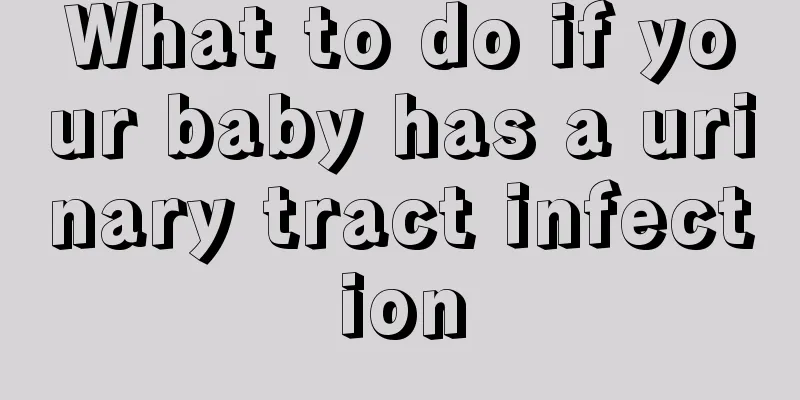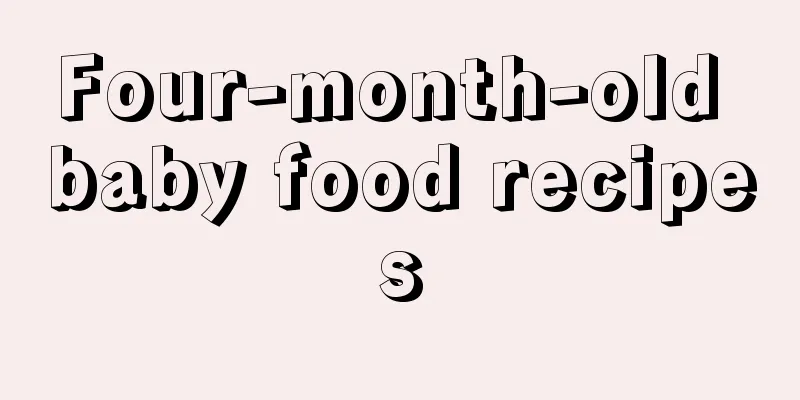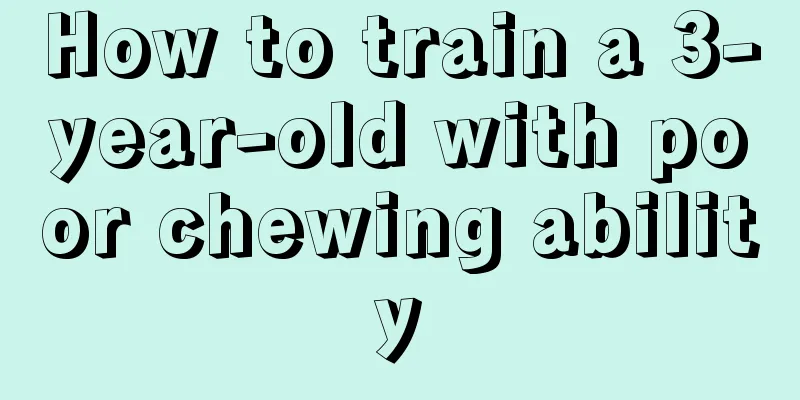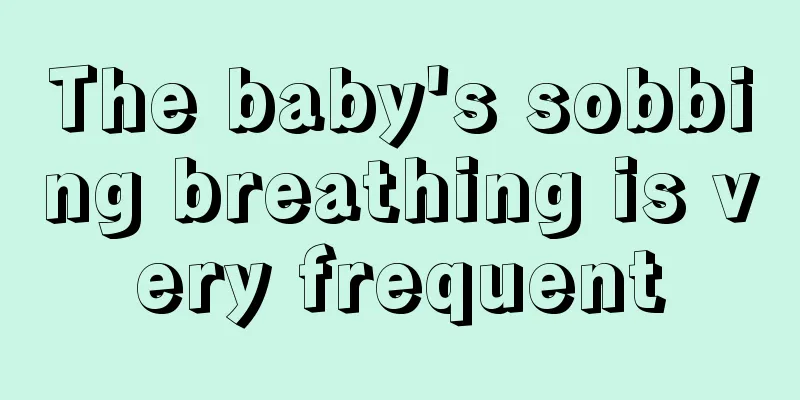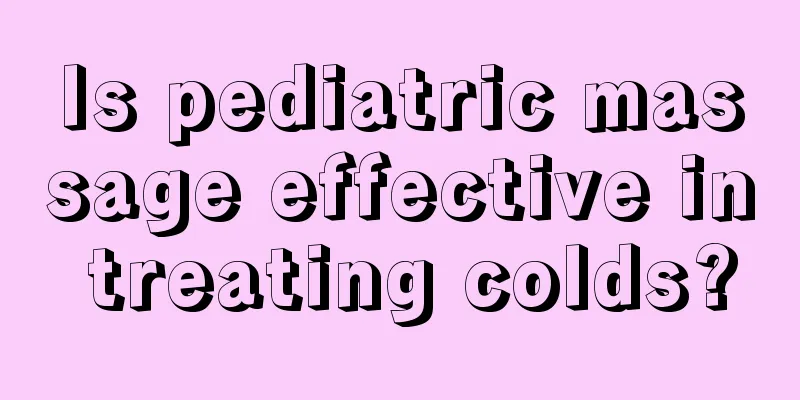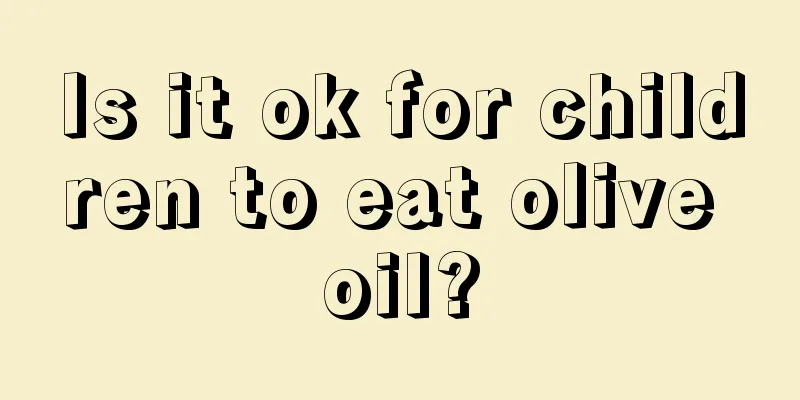Things to note when a 5-year-old child loses teeth
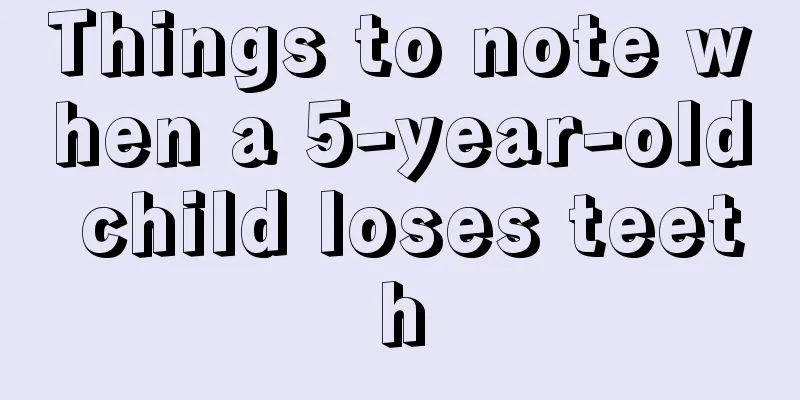
|
The age of 5 is the time when children change their teeth. This time must attract the attention of our parents and friends. Physical examinations and understanding of some knowledge about tooth replacement can better help our children through the tooth replacement period. Many parents may not know much about the care methods for 5-year-old children who are losing teeth. We need to understand these contents in advance to protect our children's tooth replacement. Let us learn about the precautions for 5-year-old children who are losing teeth. The first permanent molar, also called the sixth-year molar, grows out of a child's mouth around the age of 6, right behind the last deciduous molar. The sixth-year molar has a role in positioning and determining the height of the child's maxillofacial growth, and has an impact on the eruption and alignment of other teeth. Protecting it well can benefit you throughout your life. It erupts slightly earlier or at the same time as the lower central incisor. At around 6 years old, the deciduous lower central incisor falls out, and the permanent lower central incisor grows out. At 7-8 years old, the deciduous upper central incisor falls out, and the permanent upper central incisor grows out. The deciduous lower lateral incisors fall out, and the permanent lower lateral incisors grow out. At 8-9 years old, the deciduous upper lateral incisors fall out, and the permanent upper lateral incisors grow out. Between 9 and 12 years old, the 1st and 2nd deciduous molars fall out, and the 1st and 2nd bicuspids grow out. Between 10 and 12 years old, the deciduous canines fall out, and the permanent canines grow out. The entire period of tooth replacement is an important period for children to protect their teeth. Note 1: Whether the deciduous teeth are retained or lost early There is a certain time and order for the shedding of deciduous teeth. Deciduous teeth that should fall out but don't are called retained deciduous teeth, and the consequence is often that permanent teeth cannot erupt in the normal position. The most common situation is that the lower front permanent teeth grow on the inside of the deciduous teeth, and the upper front permanent teeth grow on the outside of the deciduous teeth, making it look like double-layer teeth. What should you do in this situation? You should take your child to the hospital as soon as possible to remove the retained deciduous teeth and make room for the permanent teeth to erupt. If the deciduous teeth fall out before they should, it is called premature loss of deciduous teeth. This often causes the adjacent teeth on both sides to tilt toward the gap between the missing teeth, making the gap smaller and causing the permanent teeth to erupt out of place due to insufficient space. At this time, a gap maintainer (custom-made by the hospital's dental department) should be worn in the gap between the deciduous teeth to prevent the teeth on both sides from tilting, so as to maintain the proper eruption position of the permanent teeth until the permanent teeth erupt. Note 2: Is it difficult for permanent teeth to erupt? If the deciduous teeth fall out prematurely, the child will get used to chewing and licking with the gums, which will become thick and hinder the eruption of permanent teeth. Therefore, if your child has reached the age of replacing teeth but the permanent teeth have not yet grown, you should take your child to the hospital for examination in time to get the doctor's help. Calcium deficiency in children is also an important reason for the delayed eruption of permanent teeth. Parents should supplement their children with calcium in time. When the teeth are replaced, the permanent teeth erupt from below or inside the deciduous teeth. The erupted permanent teeth are the size of adult teeth. Mild crowding and twisting are normal, and the alignment can be adjusted automatically with the eruption of adjacent teeth and the growth and development of the jaw. As long as it is not cross-tooth (i.e. overbite), correction is generally not required, but regular observation should be performed, and the longest period should not exceed half a year. If the deciduous teeth are still not aligned properly after they are completely replaced, you should see a doctor promptly to avoid difficulties in correction due to delayed treatment. Note 3: Correct your child’s bad habits During the tooth replacement period, deciduous teeth and permanent teeth coexist. The permanent teeth have just erupted, especially the "six-year teeth" which are the "key to bite". They are large in size and have many pits and fissures on the occlusal surface, which easily retain food residues. In addition, most children do not brush their teeth thoroughly, so caries are often prone to occur. The most important thing at this time is to teach your child to brush their teeth correctly. During the tooth replacement period, when the deciduous teeth are loose and about to fall out, children often have the habit of licking the loose teeth with their tongues. This is a bad habit that will affect the normal eruption of permanent teeth and should be corrected in time. Note 4: Misaligned teeth will affect your appearance During the tooth replacement period, children's teeth are replaced, the jaws are developing, and the bite relationship is gradually established. Sometimes a temporary misalignment may occur, but during the development of the teeth, it can often adjust itself and return to normal. Some malocclusions, such as when the frenulum of the upper lip is too low, causing the gap between the upper front teeth to be too large and cannot be adjusted by itself, will affect facial development. You should go to the hospital for diagnosis and treatment, otherwise it will affect the child's appearance. The above content introduces us to the precautions for 5-year-old children who are losing teeth. Only when we parents have mastered the care methods for 5-year-old children who are losing teeth can we better help our children go through the tooth replacement stage, grow whiter and harder teeth, and avoid a series of unnecessary troubles that pose a threat to children's health. |
<<: What to do if your baby has a fever while teething
>>: What medicine and treatment methods should be taken for diarrhea in 6-year-old children
Recommend
What's wrong with the pimples on the child's body?
Every child is the focus of the entire family, be...
What causes black lines in baby’s stool?
Babies are more likely to have gastrointestinal p...
Treatment of the causes of tics in children
Parents care about their children's health an...
Treatment of baby's red bottom
We have seen many babies with red buttocks. Most ...
What to do if baby's eyes are red and swollen
Babies' eyelids are very beautiful. Because b...
Baby has diarrhea after taking jaundice medicine
Nowadays, many newborns have severe jaundice, so ...
One week eight month old baby early education
With the improvement of my country's cultural...
What to do if a teenager has a hunchback
Once a teenager is found to have hunchback, it sh...
Is it a good thing to spank a baby when he has a fever?
During the development stage of the baby's bo...
Children's hair style
I have a beautiful little girl at home. As a moth...
My baby has a fever but his hands and feet are cold, what's going on?
Since the baby's physical development is not ...
What are the methods for boys to grow taller during puberty?
Many men want to know about ways to grow taller d...
What should I do if my child eats some desiccant?
Parents should pay special attention to their chi...
Blisters on the child's face
Newborns not only have weak physical resistance, ...
What is the mental health of children?
Psychologists generally believe that childhood is...
